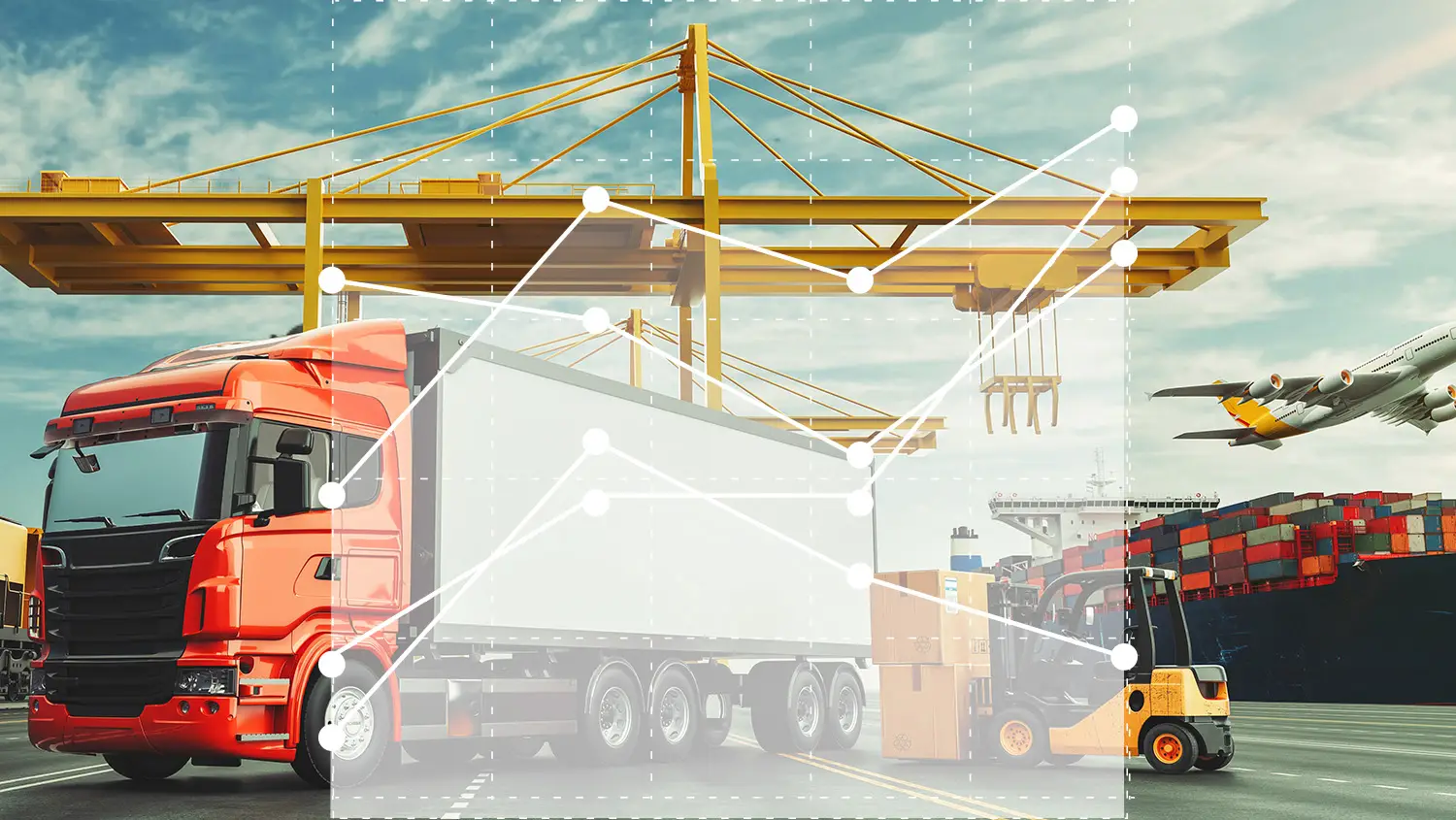In today’s climate-conscious world, businesses are increasingly held accountable for their environmental impact. Transport emissions play a significant role in a company’s carbon footprint, and having an effective system to calculate, track and report these emissions is critical. This article explores the distinctions between CO2 reporting, carbon footprint reporting, and broader emissions reporting, while also highlighting the benefits of using a platform for emission management, both with and without API integration.
Understanding CO2, carbon footprint reporting, and broader Emissions reporting
When discussing emissions, it’s crucial to understand the nuances between different reporting categories:
- CO2 Reporting: This is sometimes used to focus solely on carbon dioxide emissions, which are often the largest contributor to greenhouse gases (GHGs) from transport activities. CO2 reporting is essential for businesses targeting compliance with climate regulations or specific carbon reduction goals.
- Carbon Footprint Reporting: This encompasses a broader scope, accounting for all greenhouse gas emissions converted into CO2-equivalent (CO2e) metrics. It provides a comprehensive view of a company’s total environmental impact.
- Broader Emissions Reporting: Beyond CO2 and CO2e, this includes pollutants such as nitrogen oxides (NOx), sulfur oxides (SOx), and particulate matter (PM). Reporting on these emissions is vital for organizations aiming to address air quality standards or industry-specific compliance. Transports in urban areas are increasingly challenged with restrictions on particle emissions, particularly in designated “zero-emission zones.” These zones mandate minimal or zero emissions for vehicles operating within them, making it critical to capture these metrics in emission calculations.
Understanding these distinctions ensures businesses can select the appropriate framework for their reporting needs. The emission calculations performed in the Proxio platform take into account an extended list of pollutants, and the platform’s calculation results can be applied to a variety of use cases
Benefits of a platform for Freight Emission Calculation, visualization, and reporting
A dedicated transport emission calculation platform like Proxio Emissions, offer numerous advantages to businesses:
- Automation: Automated calculation reduces manual processing and human error, ensuring reliable and consistent data.
- Increased calculation accuracy: A transport emissions platform like Proxio enables businesses to enhance transport data with detailed Emission Profiles
- Digital twin, Some platforms (e.g. Proxio Emissions) can build a digital representation of the transport network and associated logistics emissions produced within a business network. This optional capability allows businesses to review their possible emission footprint before being implemented.
- Data Visualization: Platforms provide interactive dashboards that transform raw data into actionable insights, making it easier to identify trends and areas for improvement.
- Regulatory Compliance: Simplifies adherence to international, national, and regional environmental standards and reporting, such as CSRD.
- Customizable Reports: Tailored reports meet the needs of diverse stakeholders, including regulatory bodies, clients, suppliers and internal stakeholders and management.
- Operational Efficiency: Streamlined data handling saves time and resources, allowing businesses to focus on their core operations.
The value of integrating Emission APIs into business processes
For companies seeking to integrate emissions management seamlessly into their operations, APIs (Application Programming Interfaces) offer unmatched value:
- Real-Time Data Integration: APIs enable real-time data flow from existing systems like fleet management, TMS or ERP tools, eliminating the need for manual data entry.
- Scalability: As businesses grow, APIs provide a scalable solution for managing increased data volumes.
- Enhanced Decision-Making: With up-to-date emissions data integrated into business processes, organizations can make informed decisions to optimize transport operations and reduce environmental impact.
- Compliance and Reporting: Automated API integrations ensure that emissions data is always accurate and readily available for reporting.
Starting without API integration: A user-friendly alternative
While API integration offers significant advantages, businesses can still start their emissions tracking journey without it. Proxio platform support data uploads via the user interface and Excel files, providing immediate benefits:
- Quick Setup: Companies can begin tracking emissions without the need for technical integrations.
- Cost-Effective Entry Point: Ideal for businesses with limited resources or smaller-scale operations.
- Flexibility: Uploading transport shipment data manually allows organizations to test the platform’s features before committing to full-scale integration.
- Ease of Use: Intuitive interfaces simplify data submission, making the process accessible to teams with varying technical expertise.
Choosing a platform for tracking and reporting transport emissions is a vital step toward sustainability and regulatory compliance. By understanding the distinctions between different reporting types, leveraging the benefits of automation and visualization, and exploring both API-integrated and non-integrated options, businesses can take meaningful strides in reducing their environmental footprint. Whether starting small or scaling up with advanced integrations, a robust emissions platform empowers companies to align their operations with environmental goals and meet the growing demand for transparency.
Knowing your footprint and actively working to improve it ensures that your organization remains trustworthy, relevant, and ahead of the curve in tomorrow’s market.
Conclusion
Choosing a platform for tracking and reporting transport emissions is a vital step toward sustainability and regulatory compliance. By understanding the distinctions between different reporting types, leveraging the benefits of automation and visualization, and exploring both API-integrated and non-integrated options, businesses can take meaningful strides in reducing their environmental footprint. Whether starting small or scaling up with advanced integrations, a robust emissions platform empowers companies to align their operations with environmental goals and meet the growing demand for transparency.
Knowing your footprint and actively working to improve it ensures that your organization remains trustworthy, relevant, and ahead of the curve in tomorrow’s market.
Proxio Emissions is accredited by Smart Freight Centre, following the GLEC framework – the global method for calculation and reporting of logistics emissions.




